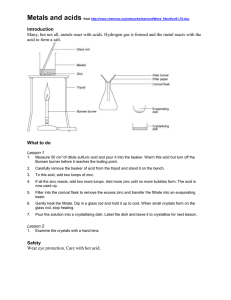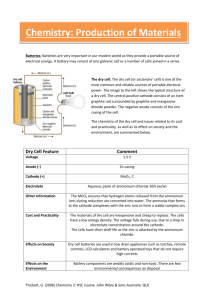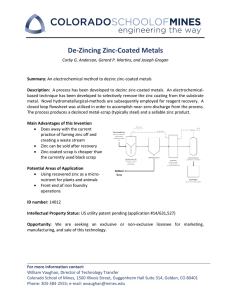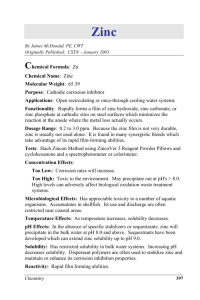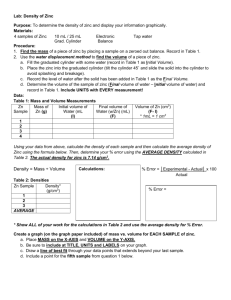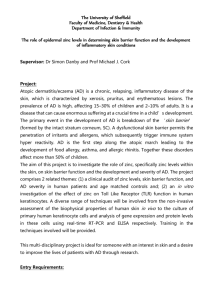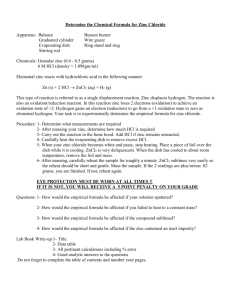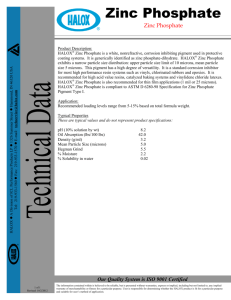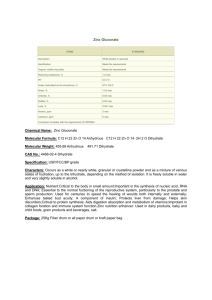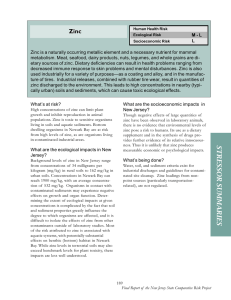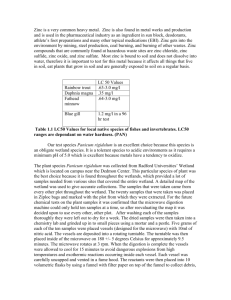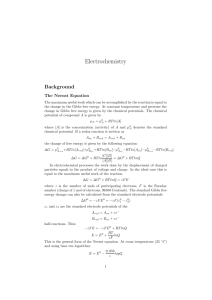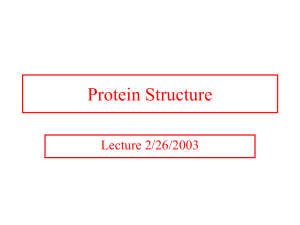As the metallome is revealed, we begin to recognize that while many
advertisement
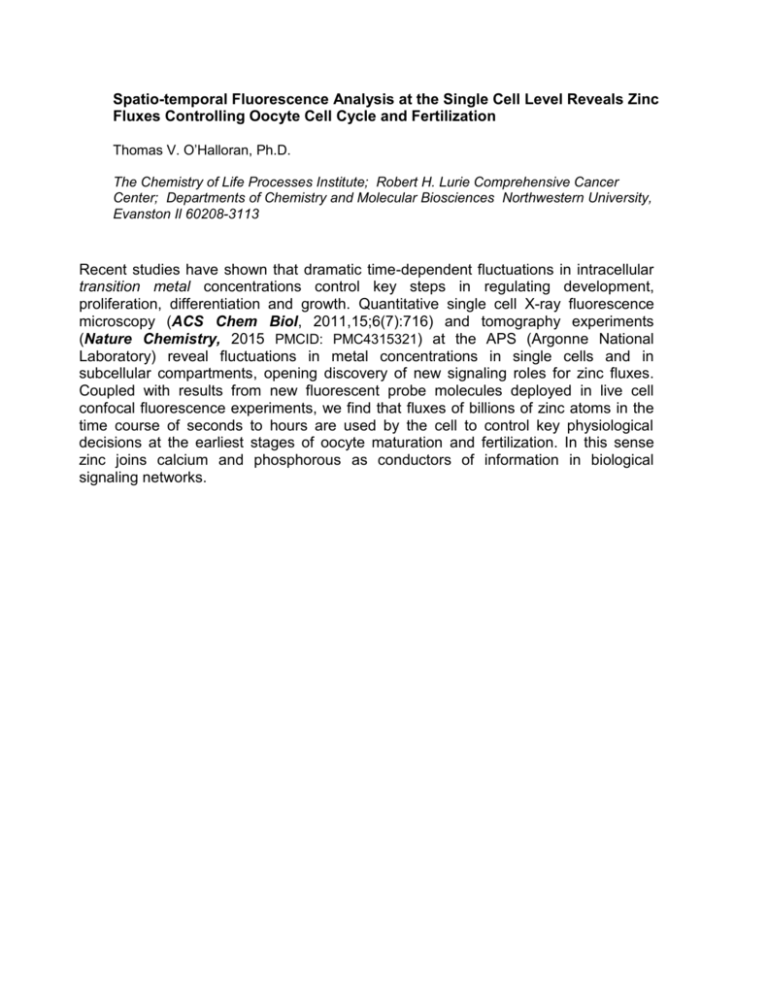
Spatio-temporal Fluorescence Analysis at the Single Cell Level Reveals Zinc Fluxes Controlling Oocyte Cell Cycle and Fertilization Thomas V. O’Halloran, Ph.D. The Chemistry of Life Processes Institute; Robert H. Lurie Comprehensive Cancer Center; Departments of Chemistry and Molecular Biosciences Northwestern University, Evanston Il 60208-3113 Recent studies have shown that dramatic time-dependent fluctuations in intracellular transition metal concentrations control key steps in regulating development, proliferation, differentiation and growth. Quantitative single cell X-ray fluorescence microscopy (ACS Chem Biol, 2011,15;6(7):716) and tomography experiments (Nature Chemistry, 2015 PMCID: PMC4315321) at the APS (Argonne National Laboratory) reveal fluctuations in metal concentrations in single cells and in subcellular compartments, opening discovery of new signaling roles for zinc fluxes. Coupled with results from new fluorescent probe molecules deployed in live cell confocal fluorescence experiments, we find that fluxes of billions of zinc atoms in the time course of seconds to hours are used by the cell to control key physiological decisions at the earliest stages of oocyte maturation and fertilization. In this sense zinc joins calcium and phosphorous as conductors of information in biological signaling networks.
